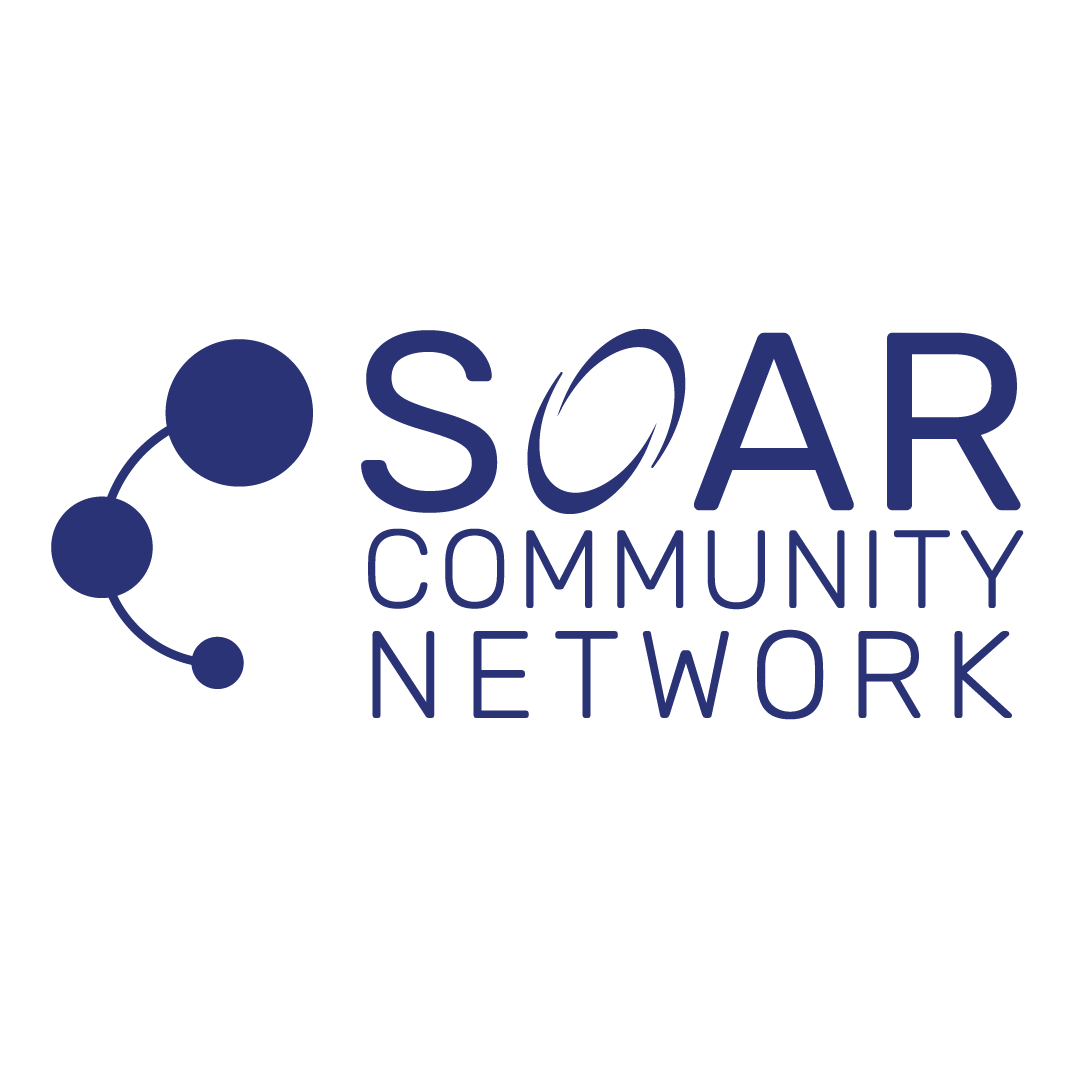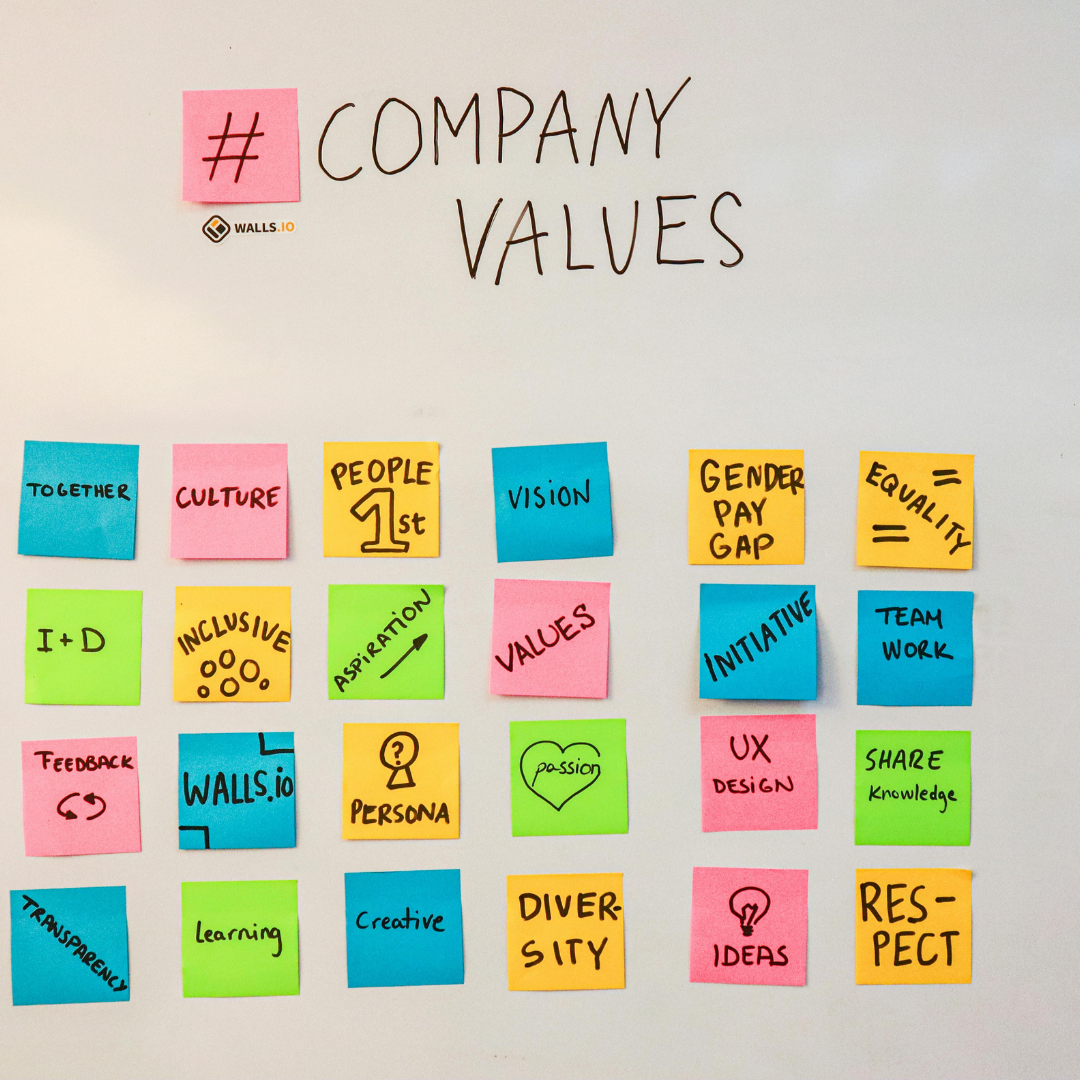Introduction
Many organizations rely on HR to carry the full weight of shaping and sustaining culture. But expecting a single department to drive values, engagement, inclusion, and innovation across the entire organization is unrealistic—and often ineffective.
Without a cross-functional, empowered internal team dedicated to stewarding culture, efforts tend to be inconsistent. Initiatives may fizzle, engagement tools go underutilized, and employee feedback isn’t translated into meaningful action. Culture becomes a set of good intentions rather than an operational reality.
Solution
To build a sustainable, values-driven culture, more organizations are forming Employee Experience Teams or Culture Committees. These are cross-functional groups of employees at all levels who are given support, structure, and clear mandates to embed cultural priorities into everyday practices.
At SOAR, we support clients in building these teams using our C3 Framework, which emphasizes compassion, cohesion, and collaboration. These committees aren’t just symbolic. They’re equipped with the tools, training, and structure to:
- Validate and reinforce the organization’s core values
- Create feedback loops between leadership and frontline staff
- Support change management and inclusion efforts
- Pilot employee experience initiatives like recognition systems or pulse surveys
- Serve as ambassadors of the culture, helping scale it across teams and departments
This approach distributes the responsibility of culture throughout the organization—making it more authentic and actionable.
Action
If your organization is ready to elevate its culture efforts, here are steps to build an internal team that can lead the way:
- Create a Culture Charter: Define the purpose of your Culture Committee. Include its scope, decision-making authority, meeting cadence, and how it will work alongside HR and leadership.
- Recruit a Diverse Cross-Section of Employees: Include voices from different departments, levels, and backgrounds. Aim for a group that reflects the diversity of your organization to ensure inclusive insight.
- Train and Equip the Committee: Use resources like those found on our C3 Tools page to train committee members on behavioral insights, communication strategies, and facilitation skills. Provide templates, diagnostics, and planning tools.
- Embed Culture Work Into Daily Practice: Help the committee align their efforts with ongoing business rhythms. For example, they might introduce recognition systems into weekly meetings or help refine onboarding to better reflect core values.
- Track Progress and Celebrate Success: Regularly review impact metrics such as engagement scores, participation rates, and feedback sentiment. Celebrate wins publicly to reinforce momentum and visibility.
Conclusion
Culture cannot live in one person’s job description. It must be shared, owned, and nurtured across the organization. By creating and equipping an internal team to steward this work, you not only distribute the effort but also increase its authenticity and impact.
This is one of the many ways SOAR helps organizations bring the C3 Framework to life—ensuring your workplace culture is not only compassionate, cohesive, and collaborative, but also sustainable from within.
To learn how to launch or strengthen your internal Culture Committee or Employee Experience Team, explore our Services page.

